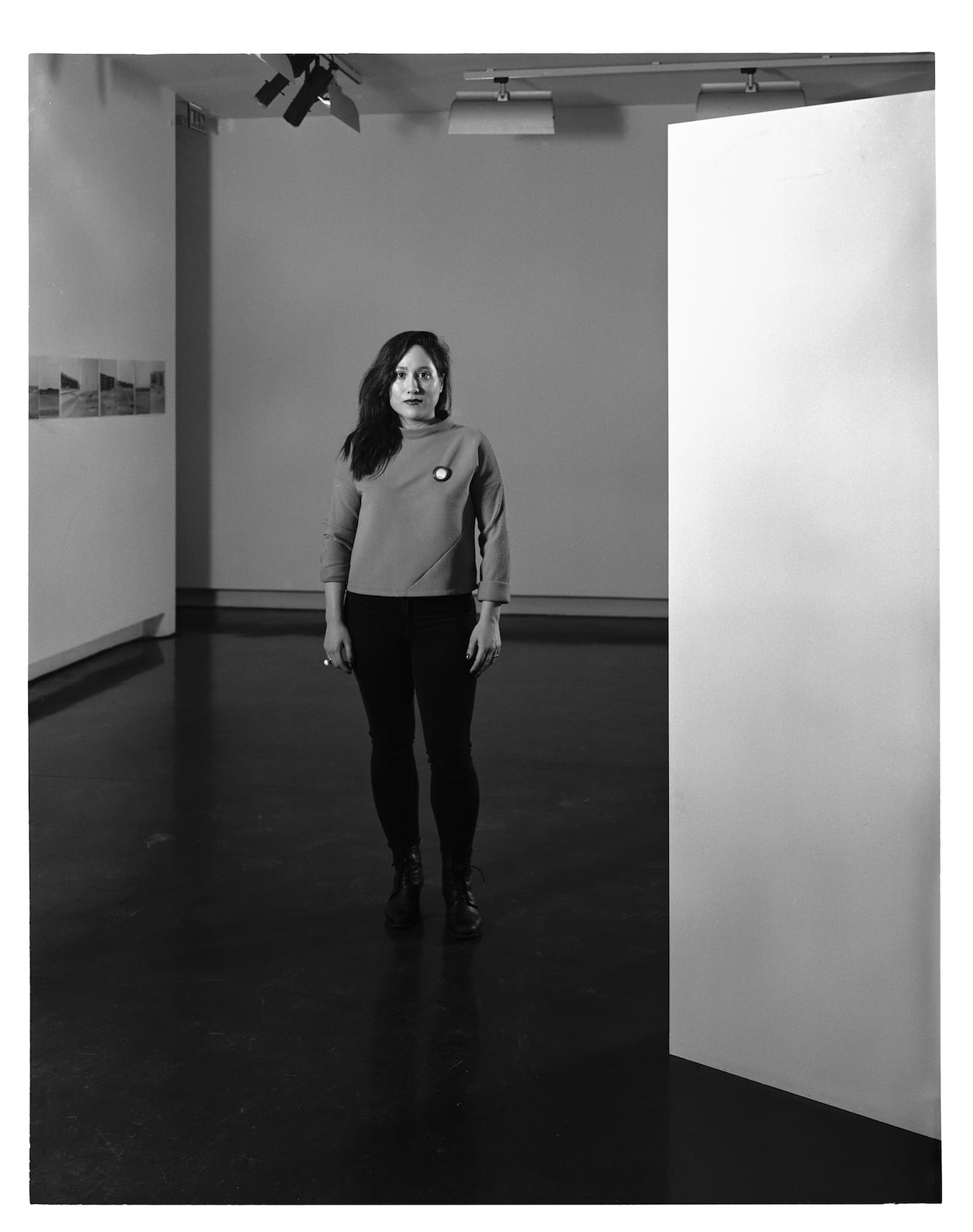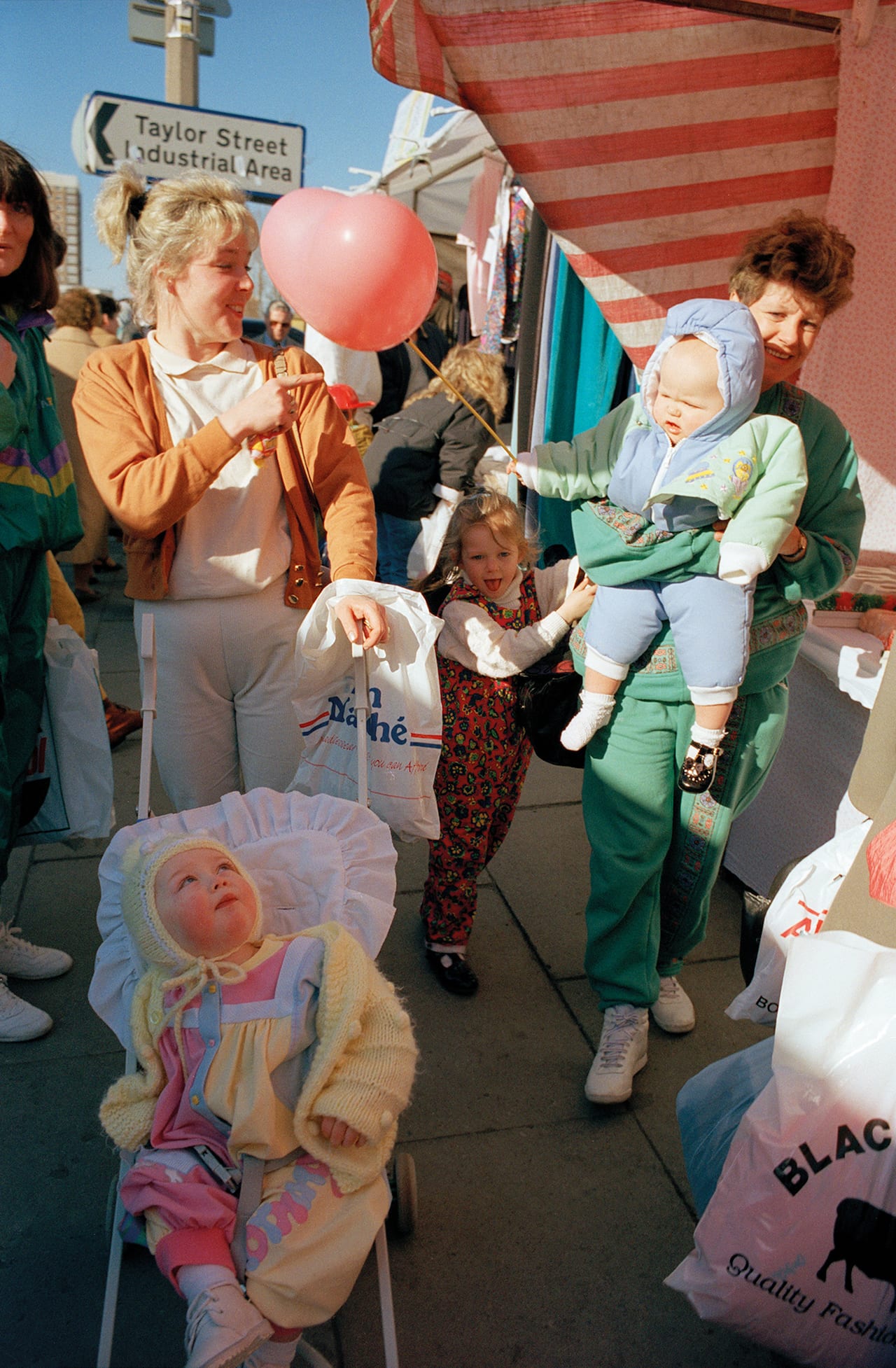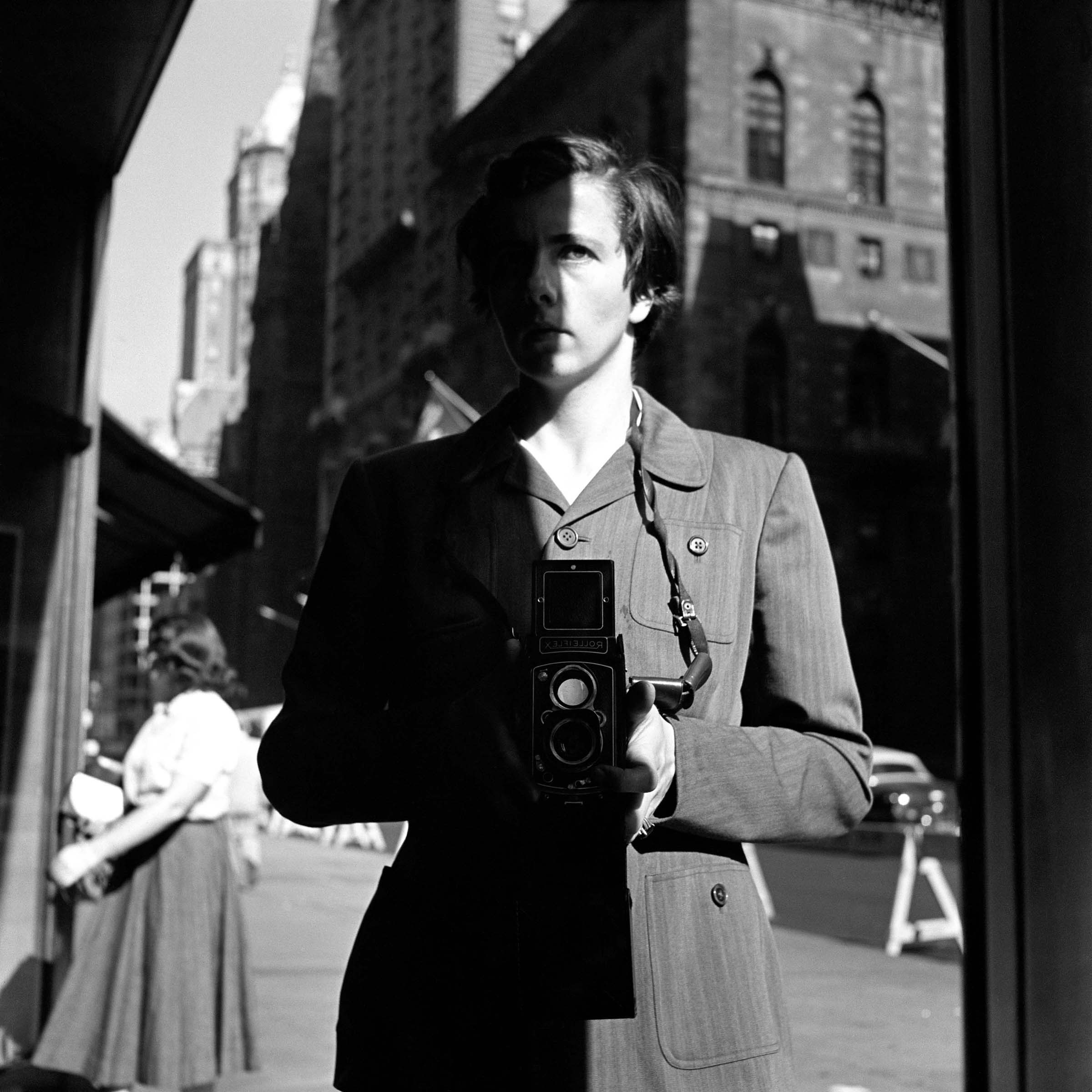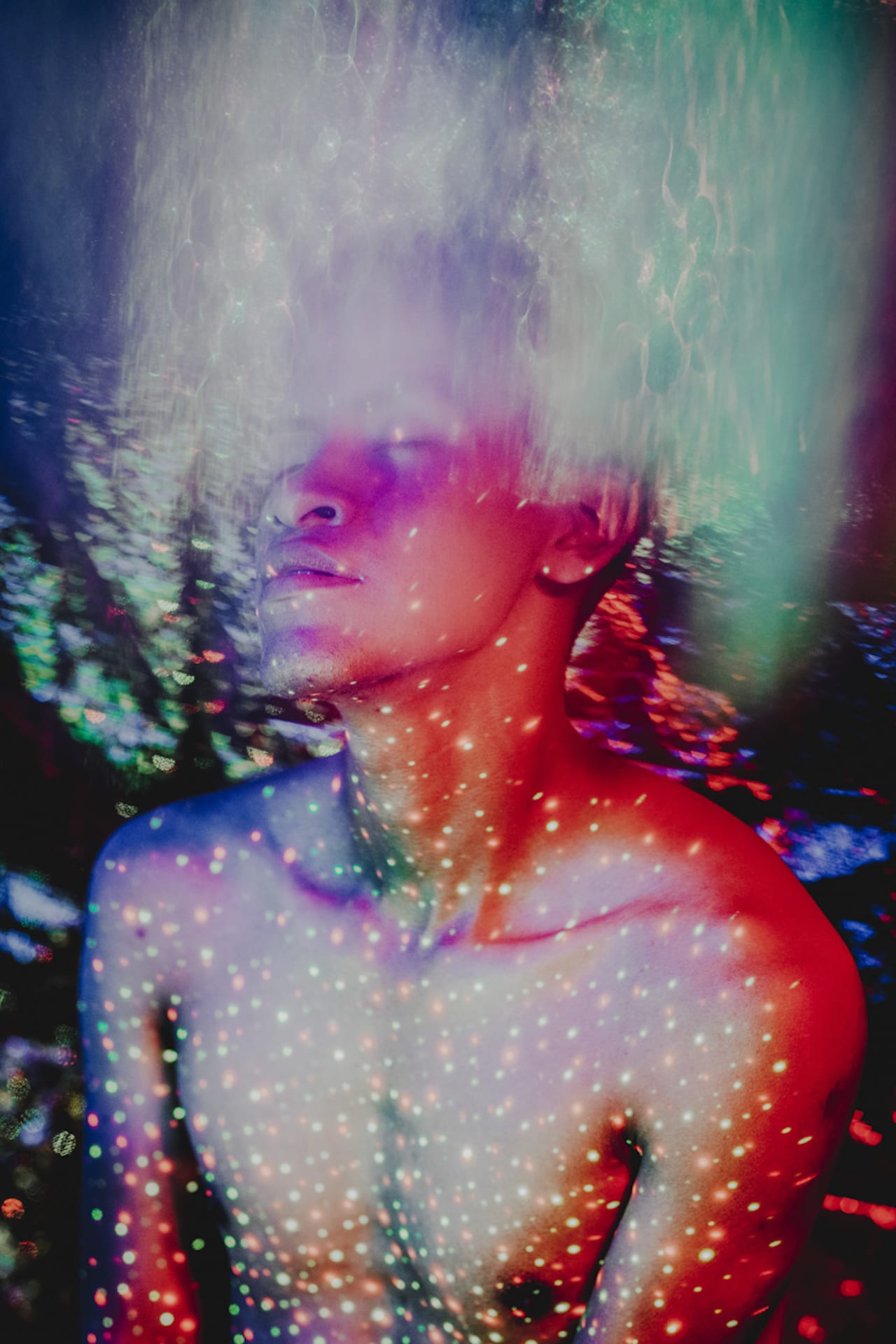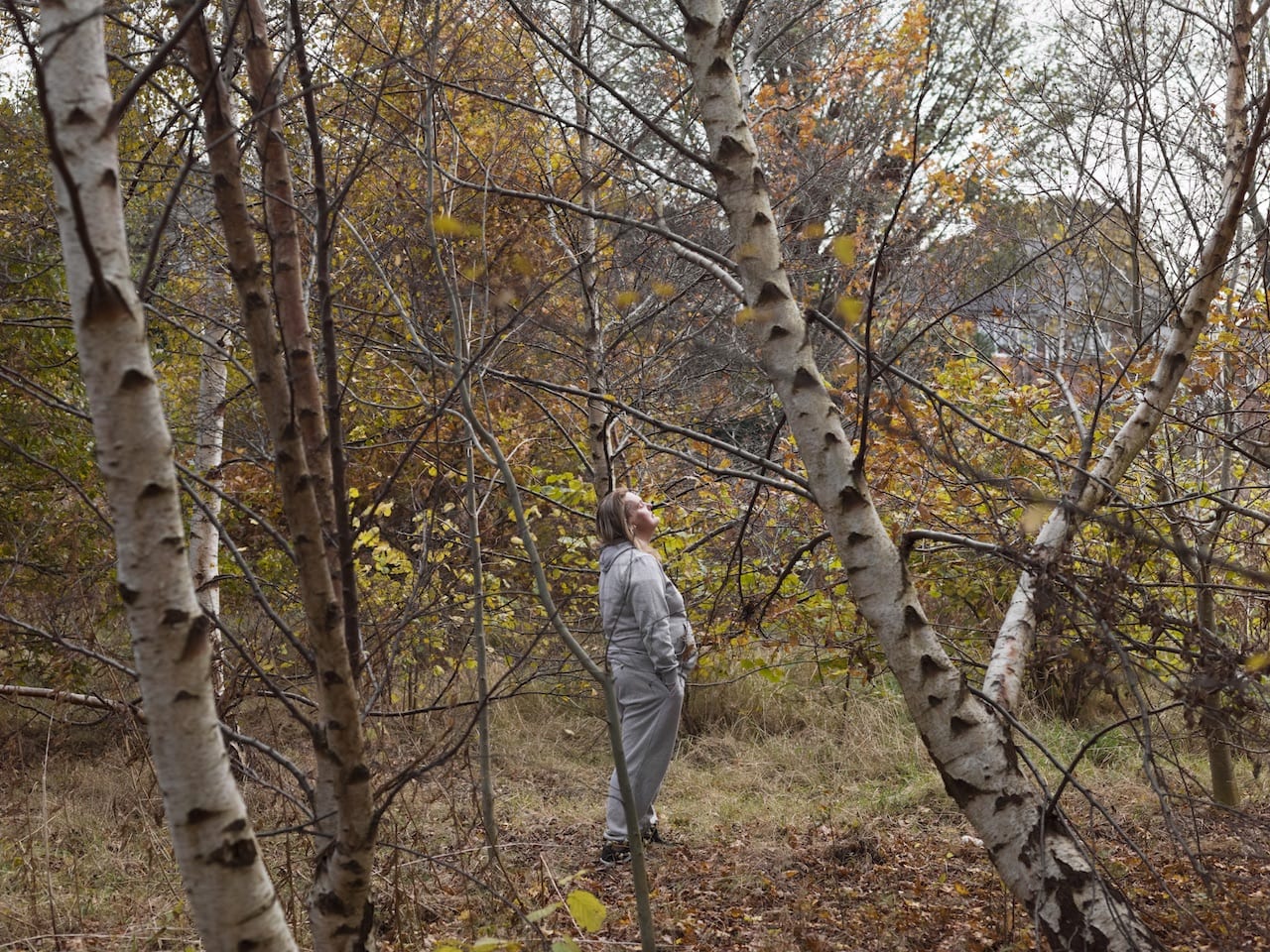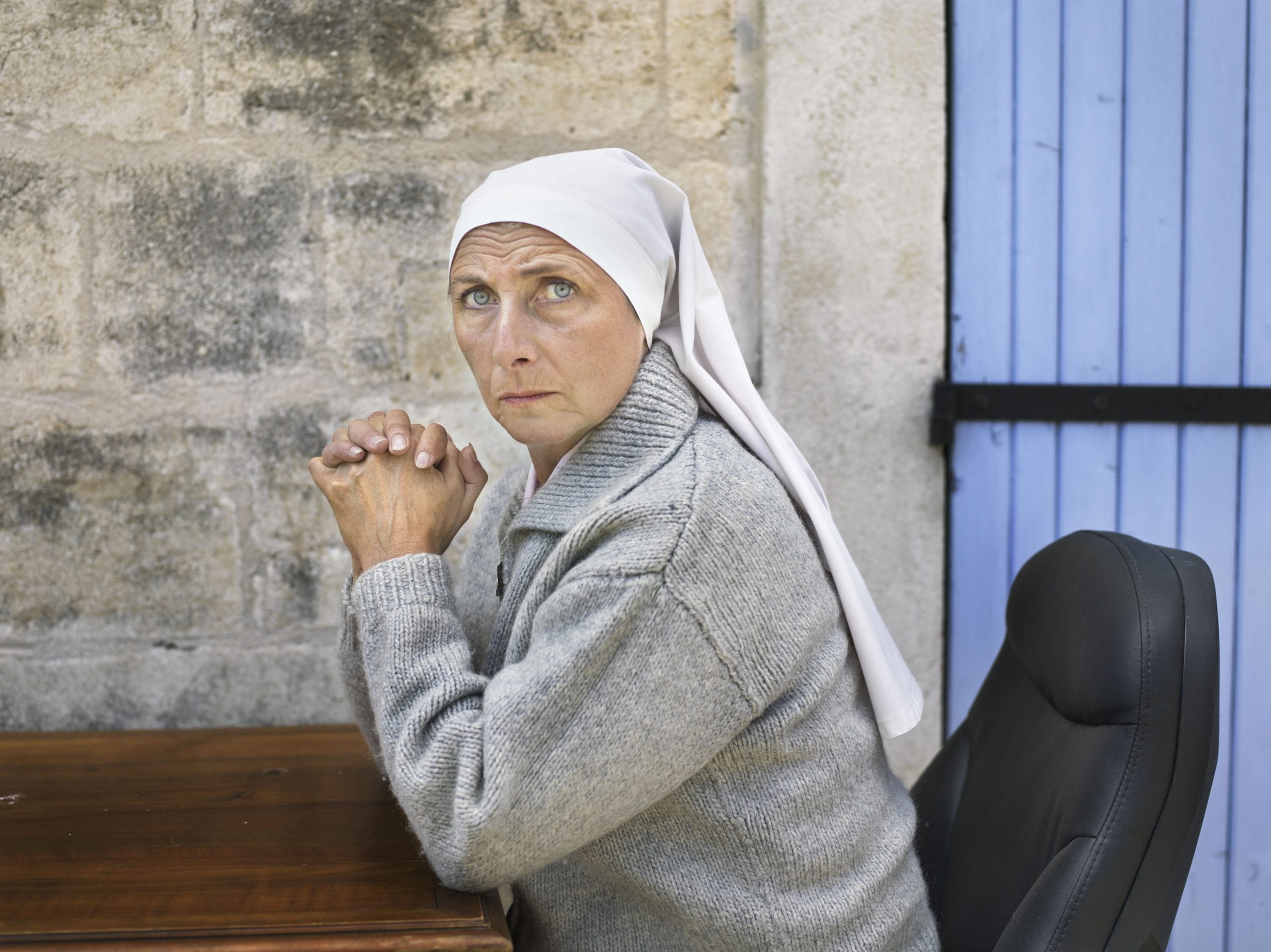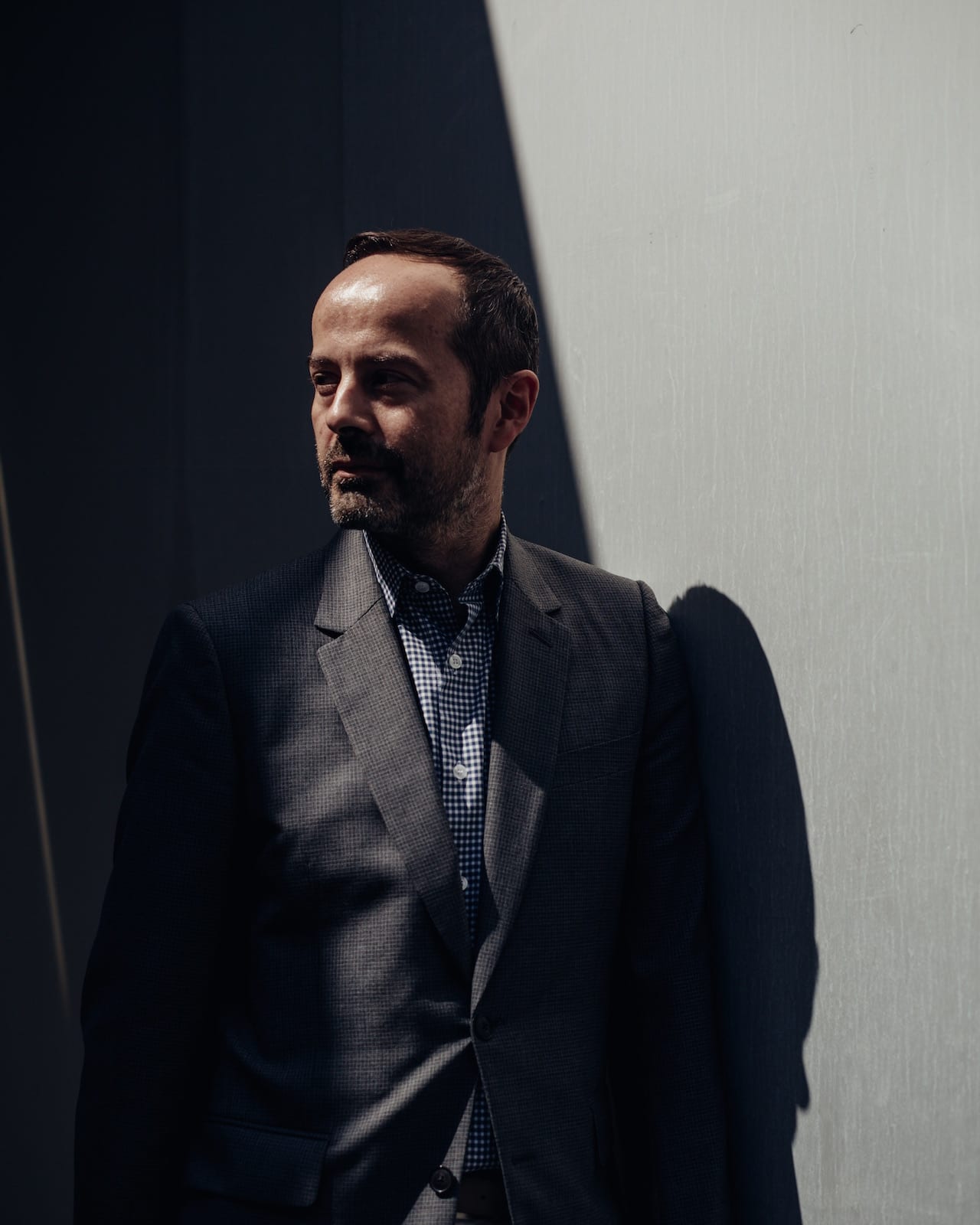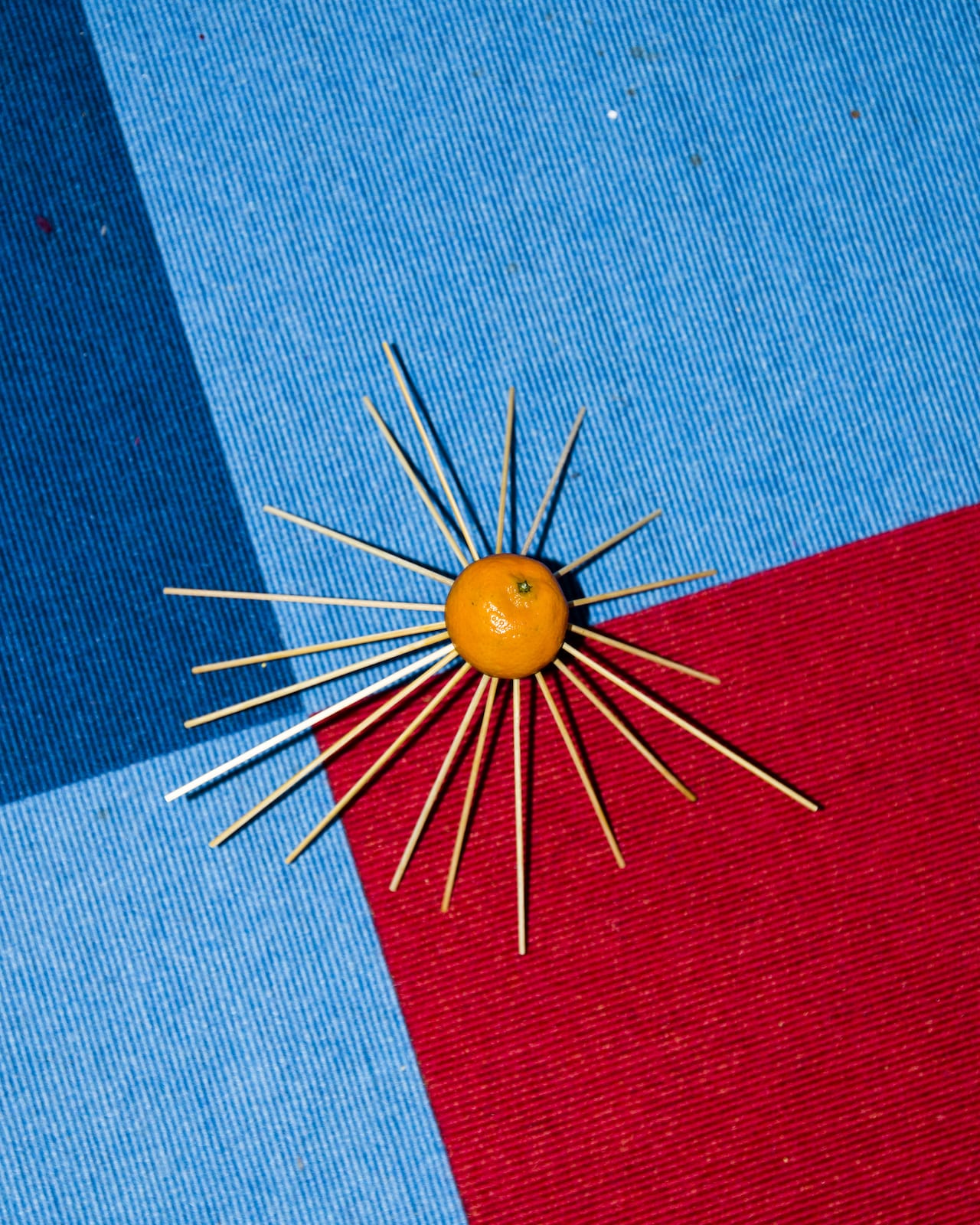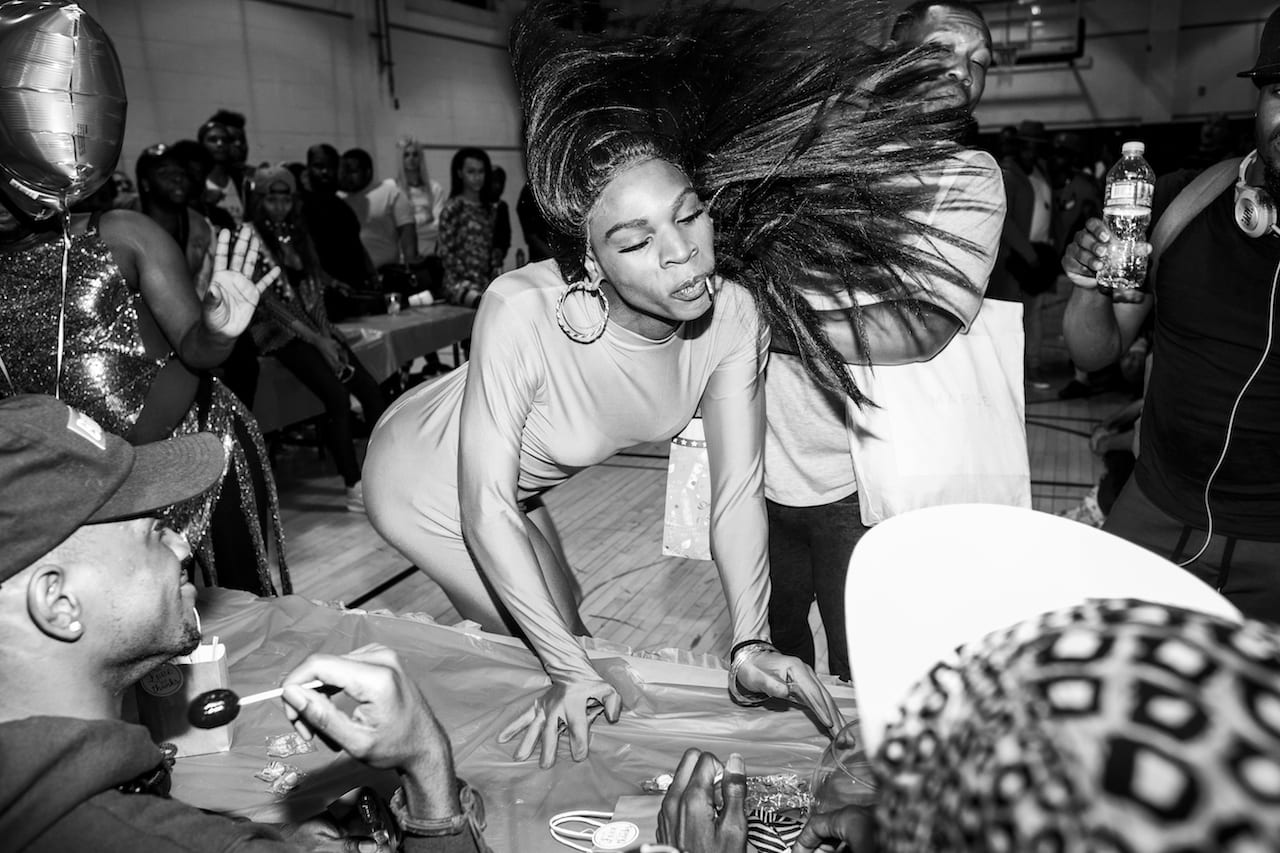She cradles a Rolleicord camera to her breast, her eyes staring into her reflection. Until recently, the woman behind the camera was unknown, living a quiet life as a nanny in Chicago and dying, alone in a nursing home, in 2009 at the age of 83. When Vivian Maier’s cache of 100,000 images were unearthed, her work was compared with the greats of street photography. A film was made, Finding Vivian Maier, which introduced a new generation to her work. But Maier herself was the draw; who, exactly, was the mysterious French nanny? What drove her relentless imagery, and why did she keep it so resolutely hidden?
Maier was a private but eccentric Mary Poppins-like figure, who spoke with a delicate French trill and was never without her medium format camera. She took thousands of photographs from the 1950s to 70s, but squirrelled them away in a room she forbade anyone to enter. She was poor, and in 2007 her possessions were auctioned off to recoup her debts – her archive of photographs among them. John Maloof, an estate agent and president of his local history society, discovered them at an auction and took a punt, hoping to find images for a book he was writing on the Portage Park area of Chicago. He found nothing relevant, and put the whole lot into storage for two years.
